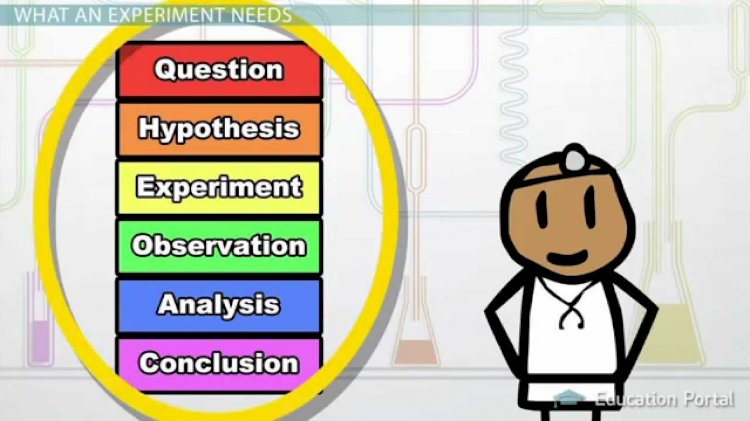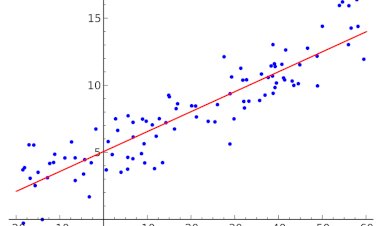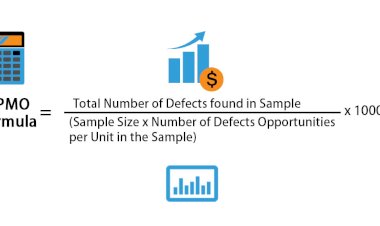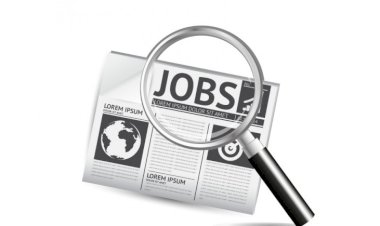Experimental Designs As Variance Control
Experimental Designs As Variance Control

Experimental Designs As Variance Control
One of the most important function of experimental design is to control variance. The problem of variance control has three aspects, 1.Systematic Variance, 2. Extraneous Variance and, 3.Error Variance.
The main functions of the experimental design, are to maximize, the effect of, systematic variance, control, extraneous, source of variance, and minimize, error variance. Various designs are available for controlling the extraneous source of variance in different situations and with the help of these designs an experimenter can draw valid inference.
SYSTEMATIC VARIANCE
It is the variability in the dependent measure due to the manipulation of the experimental variable by the experimenter. Here it is important to maximize the systematic variance that is achieved by making the levels of experimental variable as unlike as possible.
For example, an experimenter is interested in studying the effect of quantity of a chemical on paint’s shininess, he decides to study this effect by manipulating three levels of chemical quantity, i.e. 10 ml, 15 ml & 20 ml. As there is no substantial difference between any two levels of the experimental variables, there is little chance of separating its effect from the total variance. Thus, in order to maximize systematic variance, it is desirable to make the experimental conditions (levels) as different as possible.
EXTRANEOUS VARIANCE
In addition to the independent variable and the dependent variable, which are main concerns in any experiment, extraneous variables are encountered in all experimental situations that can influence that dependent variable.
There are several ways of controlling the extraneous source of variance, some of which are-
- Randomization- It is considered to be the most effective way to control the variability due to all possible extraneous sources. If thorough randomization has been achieved, then the treatment groups in the experiment could be considered statistically equal in all possible ways. According to Cochran & Cox, “Randomization is somewhat analogous to insurance in that it is a precaution against a disturbance that may or may not occur and that may or may not be serious, if they do occur.
- Elimination- Another method to control extraneous variance is elimination of the variable by so choosing the experimental units that they become homogeneous, as far as possible, on the variable to be controlled. For example, suppose, the gender of the subject, an unwanted secondary variable is found to influence the dependent measure in an experiment, therefore in order to control this secondary variable, the experimenter may decide to take either all males or all females in the experiment and thus control through elimination the variability due to gender variable.
- Additional Independent Variable- Sometimes the experimenter may consider elimination unpractical, thus he may not eliminate extraneous variable (of not direct interest to the experimenter) & thus build it right into the design as a second independent variable. Suppose the experimenter is interested in studying the efficacy of method of instruction on Test scores. He does not want to eliminate the variable of intelligence. He introduces intelligence as an attribute variable. He creates three groups on the basis of intelligence scores of the subjects, i.e., high intelligence, average intelligence & low intelligence as levels of second variable.
With the help of analysis of variance, the experimenter can take out the variance due to intelligence (main effect of intelligence) from the total variance. The experimenter may decide to study the influence of intelligence on test scores and also the interaction between intelligence and method of instruction. Thus by introducing secondary variable as independent variable, the experimenter gets the advantage of isolating the effect of intelligence on test scores and the interaction affect as an additional information.
ERROR VARIANCE
The results of experiments are affected by extraneous variables which tend to mask the effect of experimental variable. The term experimental error or error variance is used to refer to all such uncontrolled sources of variation in experiments. If we are not able to effectively control the extraneous sources of variation, one can reduce the experimental error.
Two main sources of error variance may be distinguished. First is inherent variability in the experimental units to which treatments are applied. Second source of error variance is lack of uniformity in physical conduct of experiment or in other words lack of standardized experimental technique. This refers to the errors of measurement.
Individuals vary a lot in respect of intelligence, aptitude, interests, anxiety, etc. All these person-related variables tend to inflate the experimental error. The other source of error variance is associated with errors of measurement and could be due to unreliable measuring instrument, transient emotional states of the subject, inattention by subjects at some point of time , and, so on.

 Neha Sharma
Neha Sharma 





























Comments (0)
Facebook Comments